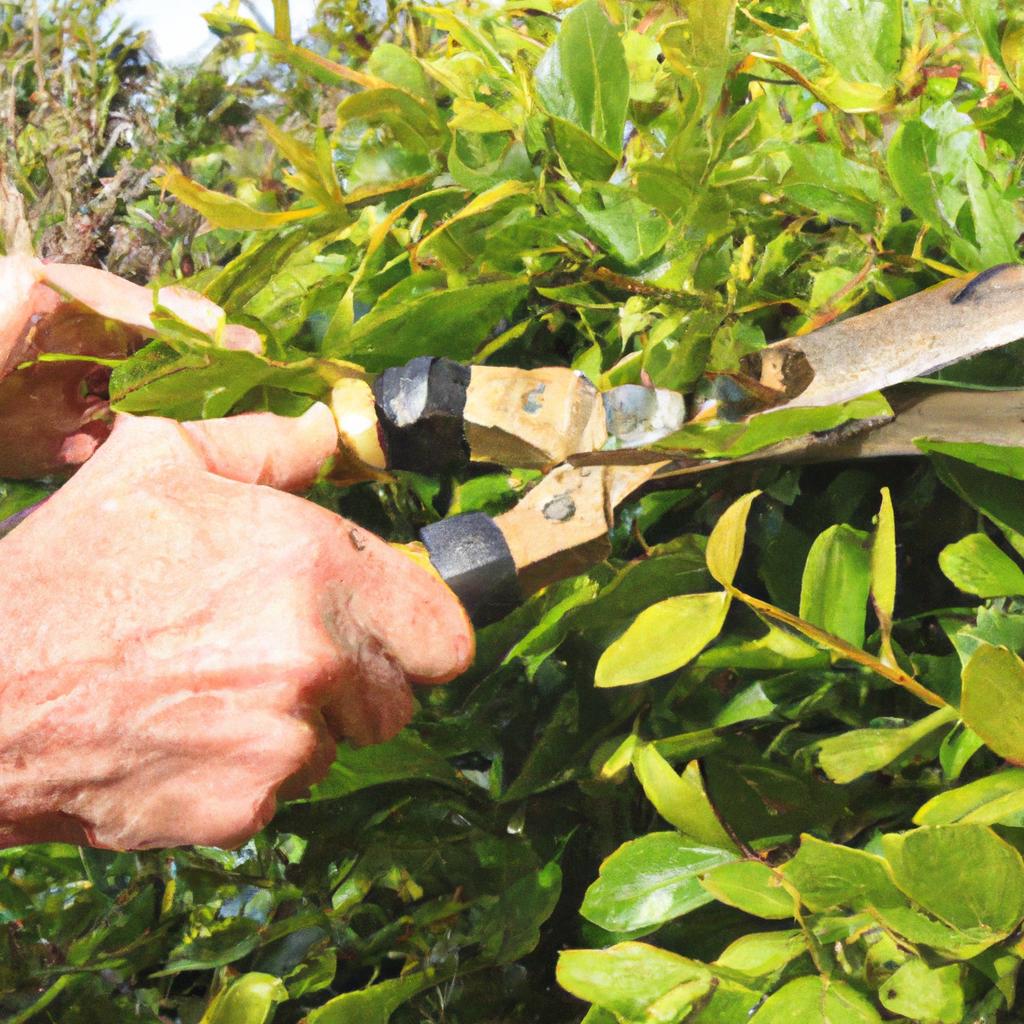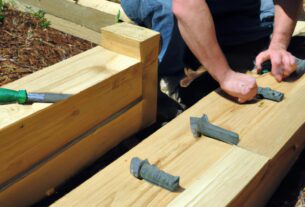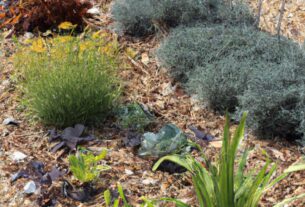Gardening is more than just a hobby; it’s a therapeutic activity that allows you to unwind, relieve stress, and enhance both your physical and mental well-being. To maintain your garden’s allure, regular care is vital. Among the fundamental tasks in garden maintenance, pruning takes center stage. Pruning involves the removal of dead, diseased, or overgrown parts of plants, ensuring their vitality, stimulating growth, and enhancing their aesthetics. In this article, we will delve into the significance of garden pruning, explore various pruning techniques, highlight essential tools, caution against common mistakes, and more.
Why Does Garden Pruning Matter?
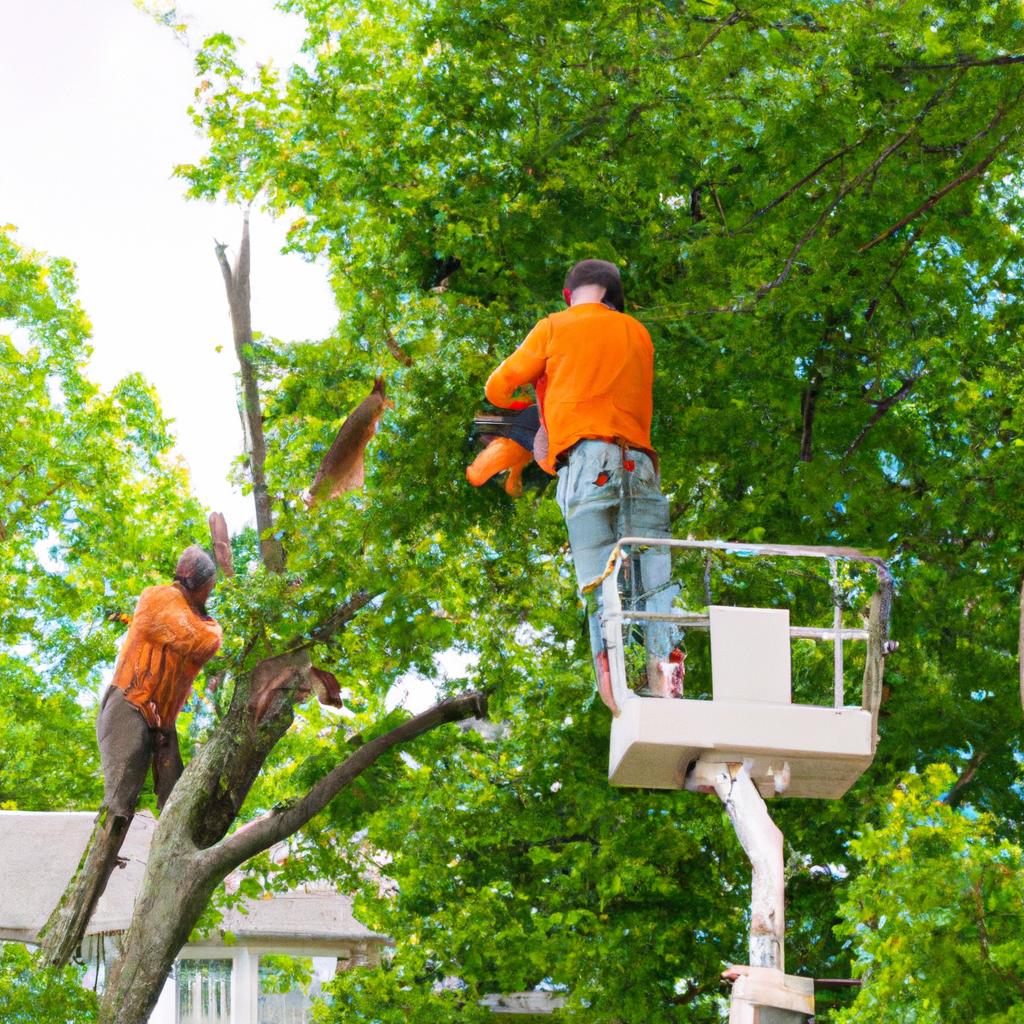
Garden pruning holds immense importance for several reasons. Firstly, it serves to maintain the health and vitality of plants. By eliminating dead or diseased branches, you can halt the spread of infections while enhancing the plant’s nutrient and water absorption capabilities. Pruning also acts as a catalyst for new growth and helps sculpt the plant’s structure, rendering it more appealing and easier to manage.
Secondly, pruning enables you to control the size of your plants. Unpruned flora can grow unruly, overshadowing neighboring plants and creating management challenges. Regular pruning allows you to maintain your plants within their desired size range, preventing them from becoming unmanageably large.
Lastly, pruning contributes to the overall beauty of your garden. By removing unsightly or decaying branches, you create a polished, refined look that enhances the allure of your plants and garden as a whole.
Different Styles of Garden Pruning
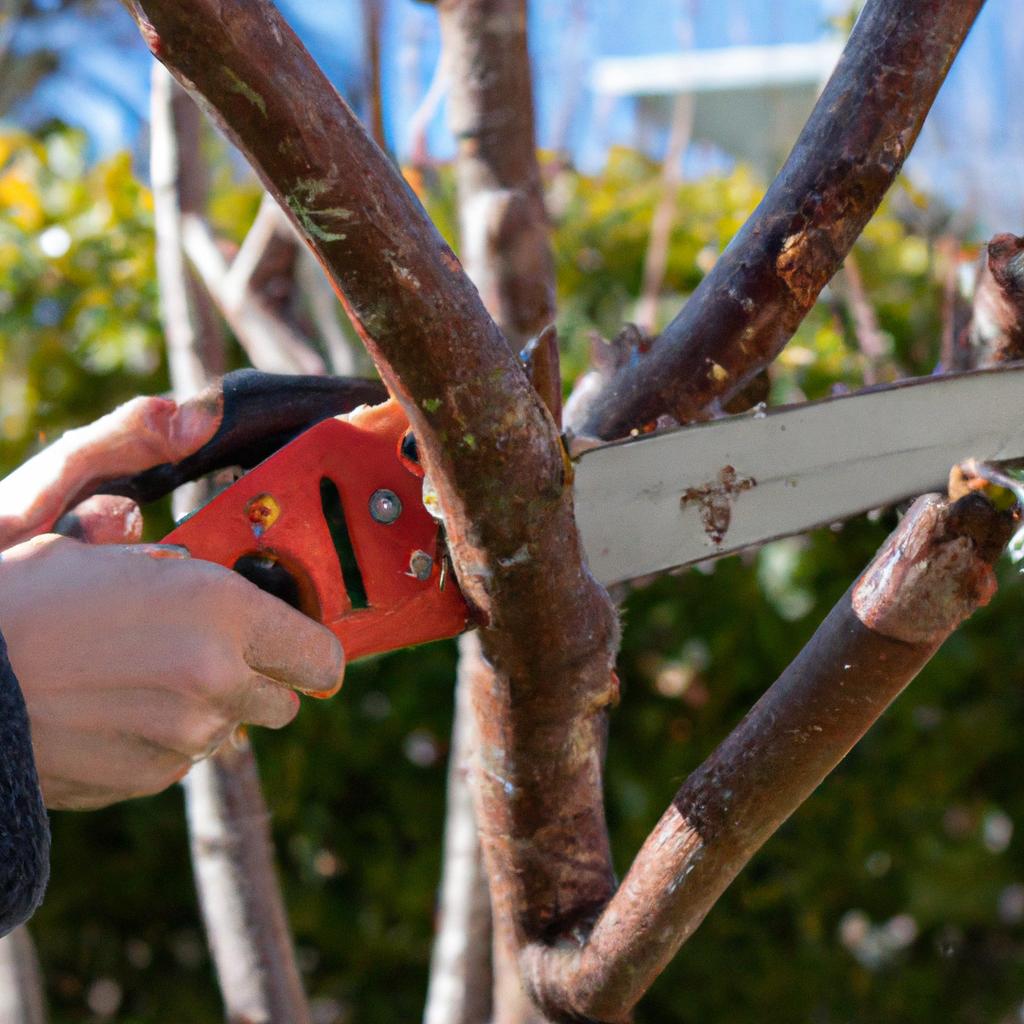
Garden pruning encompasses various styles, each with a distinct purpose and technique. Familiarizing yourself with these styles will enable you to choose the appropriate approach for each plant in your garden. Here are a few common forms of pruning:
Maintenance Pruning
Maintenance pruning refers to the regular trimming of plants to preserve their health, shape, and size. This type of pruning involves removing dead or diseased branches, as well as shoots or branches growing in undesirable directions or too close together. Generally, maintenance pruning should be conducted once or twice a year, depending on the specific plant species.
Essential Tools for Garden Pruning

To execute efficient garden pruning, you need the right tools for the job. The choice of tool depends on the plant’s size and type. Here are some commonly used tools for garden pruning:
Pruning Shears
Pruning shears, also known as hand pruners, are compact handheld tools ideal for trimming smaller branches and stems. They come in varying sizes and styles, such as bypass shears, anvil shears, and ratchet shears. Among these, bypass shears are the most popular. They are suitable for cutting live branches up to ¾ inch in diameter.
Loppers
Loppers are larger pruning tools designed for cutting thicker branches, up to 2 inches in diameter. With their long handles, loppers offer greater leverage, making it easier to handle thicker branches. Bypass loppers, anvil loppers, and ratchet loppers are some common styles available.
Pruning Saws
Pruning saws are essential for cutting larger branches that cannot be managed with shears or loppers. They come in various sizes and styles, including hand saws, pole saws, and folding saws. Hand saws are perfect for branches up to 4 inches in diameter, while pole saws enable cutting branches that are higher up and out of reach.
Techniques for Effective Garden Pruning
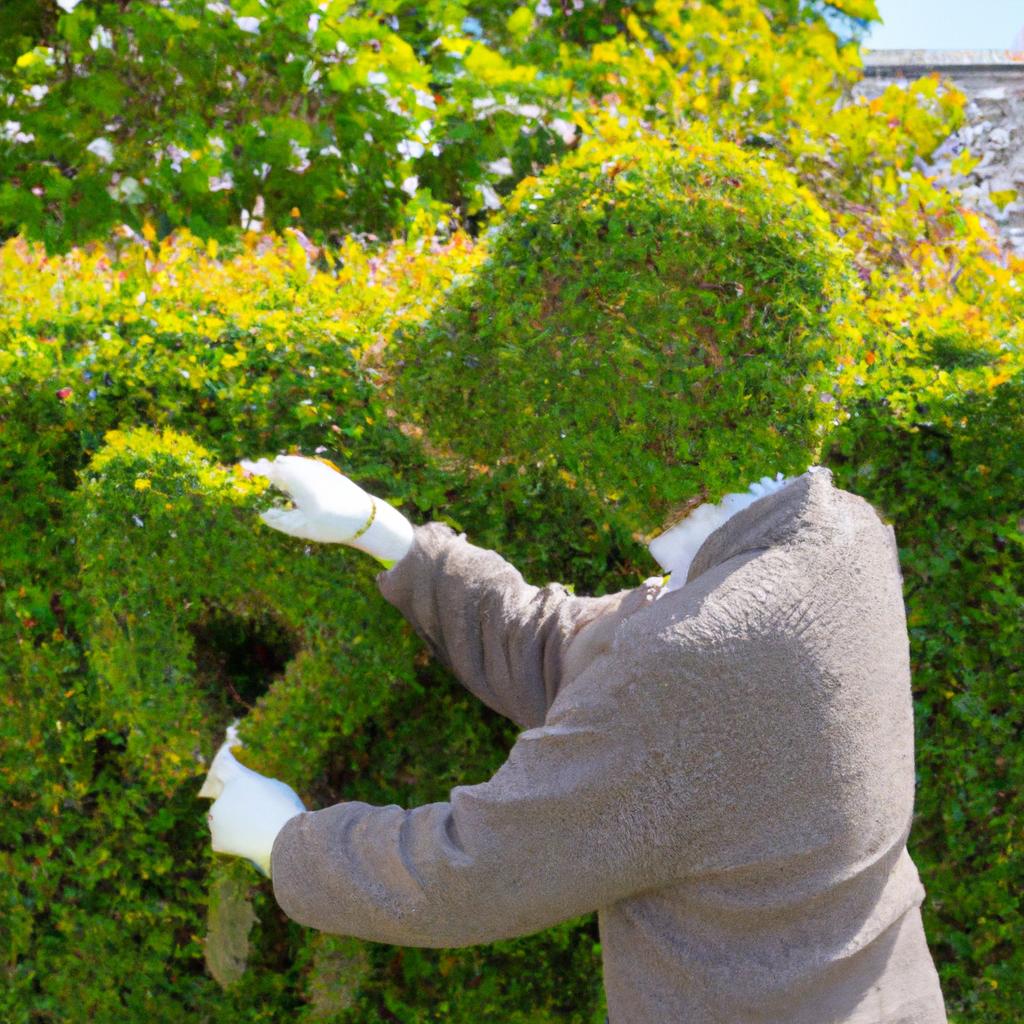
Pruning goes beyond merely removing branches from plants. To achieve optimal results, it is crucial to employ effective pruning techniques. Here are some key techniques to keep in mind:
Cutting at the Right Angle
When cutting branches, it is vital to do so at the appropriate angle. For live branches, make sure to cut at a 45-degree angle, approximately ¼ inch above a bud or branch junction. This angle helps prevent water from pooling on the cut surface and encourages new growth.
For dead branches, cut straight across at the base. This technique prevents the spread of diseases and encourages healthy growth.
Cutting at the Right Time
Timing plays a significant role in pruning. In general, the dormant season, when plants are not actively growing, is the best time for pruning. For most plants, this translates to late winter or early spring, before new growth emerges.
However, certain plants, such as flowering shrubs, should be pruned after they finish blooming. Pruning these plants at the wrong time may hinder next year’s blooms.
Cutting at the Right Spot
Precise cutting locations are vital for successful pruning. When dealing with live branches, cut just above a bud or branch junction. This technique promotes new growth and helps the plant maintain its desired shape.
When removing dead branches, cut at the base, just above the collar. The collar refers to the swollen area where the branch meets the trunk or main stem. Cutting at this spot prevents damage to the trunk or stem and facilitates healing.
Steer Clear of Common Garden Pruning Mistakes
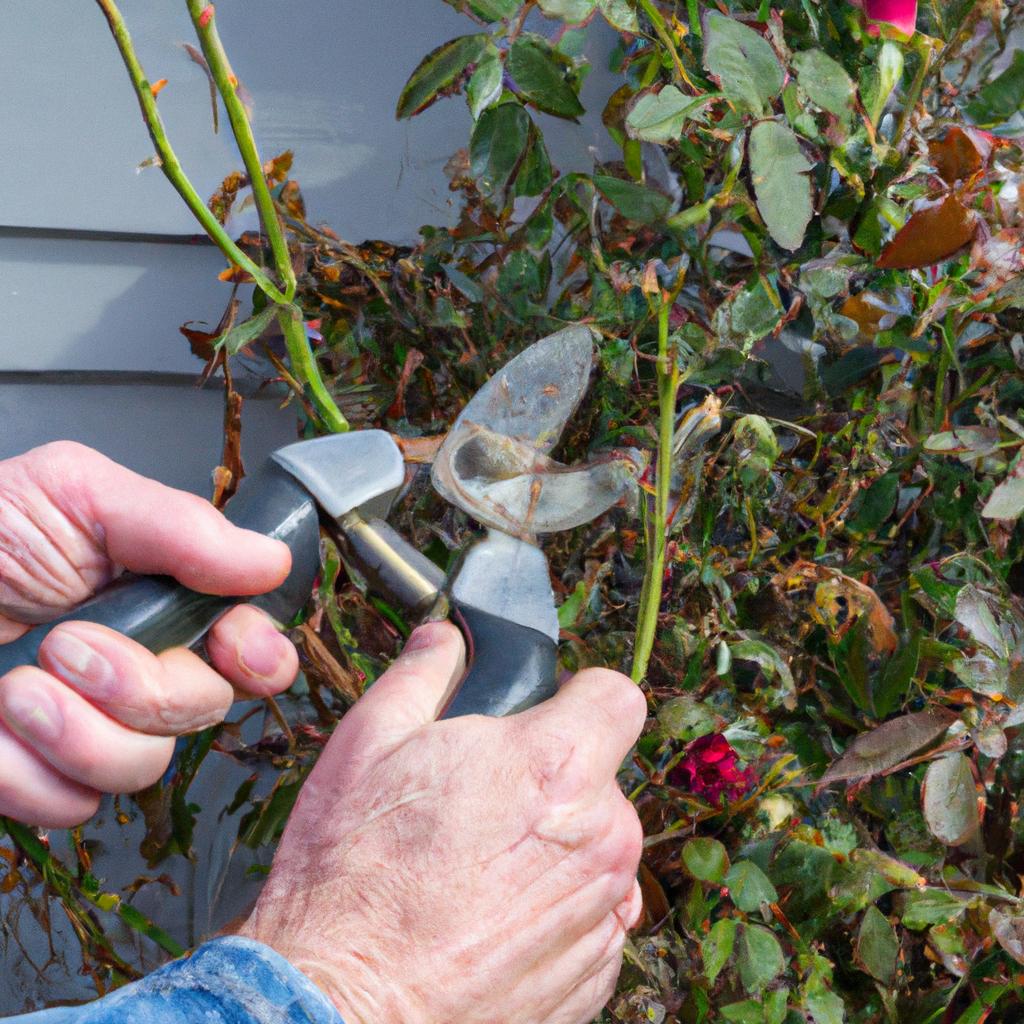
Garden pruning is a crucial task, but it’s easy to make mistakes if you’re unfamiliar with proper techniques. Here are some common mistakes to avoid:
Overpruning
Overpruning refers to excessive cutting, which can stunt growth and weaken plants. It also renders plants more susceptible to pests and diseases. To prevent overpruning, learn the proper pruning techniques for each plant species and prune only when necessary.
Underpruning
Underpruning involves neglecting to remove dead or diseased branches, which can lead to the spread of infections and unhealthy plants. Underpruned plants may also appear weak or unattractive. To avoid underpruning, regularly inspect your plants and promptly remove any dead or diseased branches.
Pruning at the Wrong Time
Pruning at incorrect times can have adverse effects on your plants. Some plants should be pruned only during specific seasons or after flowering, while others can be pruned at any time. Pruning at the wrong time may damage plants and hinder their growth and blooming abilities. To avoid such mistakes, it is crucial to research the specific pruning requirements for each plant species in your garden.
Conclusion
In conclusion, garden pruning stands as a vital task for preserving the health, beauty, and vibrancy of your plants and garden. By understanding various pruning styles, utilizing suitable tools and techniques, and steering clear of common mistakes, you can keep your garden looking exquisite year-round. Proper garden pruning also provides an opportunity to relax, reduce stress, and enjoy the countless benefits that gardening offers. Whether you’re a seasoned gardener or a beginner, never neglect the significance of proper garden pruning. Ensure the health and elegance of your garden with regular pruning and trust in TooLacks to be your gardening companion.
